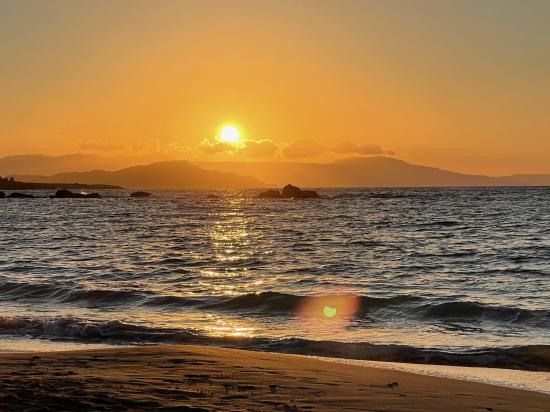Kydonia - The Ancient City of Chania
Byzantines, Venetians, Ottomans and also the British have left their mark in the modern cityscape, but if you dare to look a little closer, you will also spot the remains of the old Minoans.
Kydonia (also known as Cydonia) was an ancient city located on the northwestern coast of the island of Crete, in present-day Chania. It was one of the most important and powerful cities in ancient Crete, and its history can be traced back to the Minoan period.
The city was strategically located near the western end of the island's north coast, which made it an important center of trade and commerce. It was also known for its skilled craftsmen, who produced fine pottery, metalwork, and textiles. The city was a major player in the Mediterranean trade network, with contacts reaching as far as Egypt and the Levant.
During the Hellenistic period, Kydonia became an important center of scholarship and learning, with a number of renowned philosophers and scholars living and teaching there. It was also a center of artistic and cultural development, with a thriving theater scene and a number of important architectural monuments, including temples and public buildings.
Kydonia was conquered by the Romans in the 1st century BC, and it continued to be an important center of trade and commerce under Roman rule. However, the city declined in the following centuries, due to a combination of factors, including piracy, earthquakes, and invasions by foreign powers.
Today, the ancient city of Kydonia is an important archaeological site, with many ruins and remains from different periods of its history. Visitors can explore the ruins of the city walls, the Roman baths, the Hellenistic theater, and other important landmarks, which offer a glimpse into the rich and fascinating history of ancient Crete.
Mainly in the quiet residential area on the Kastelli hill, Ancient Kydonia shows a little glimpse of his former glory. The roofed excavations on Kastelli Hill are the remains of living quarters and several illustrated boards explain them along with the history of the excavation itself in Greek and English.
So feel free to pick up some free history lessons when passing by.












